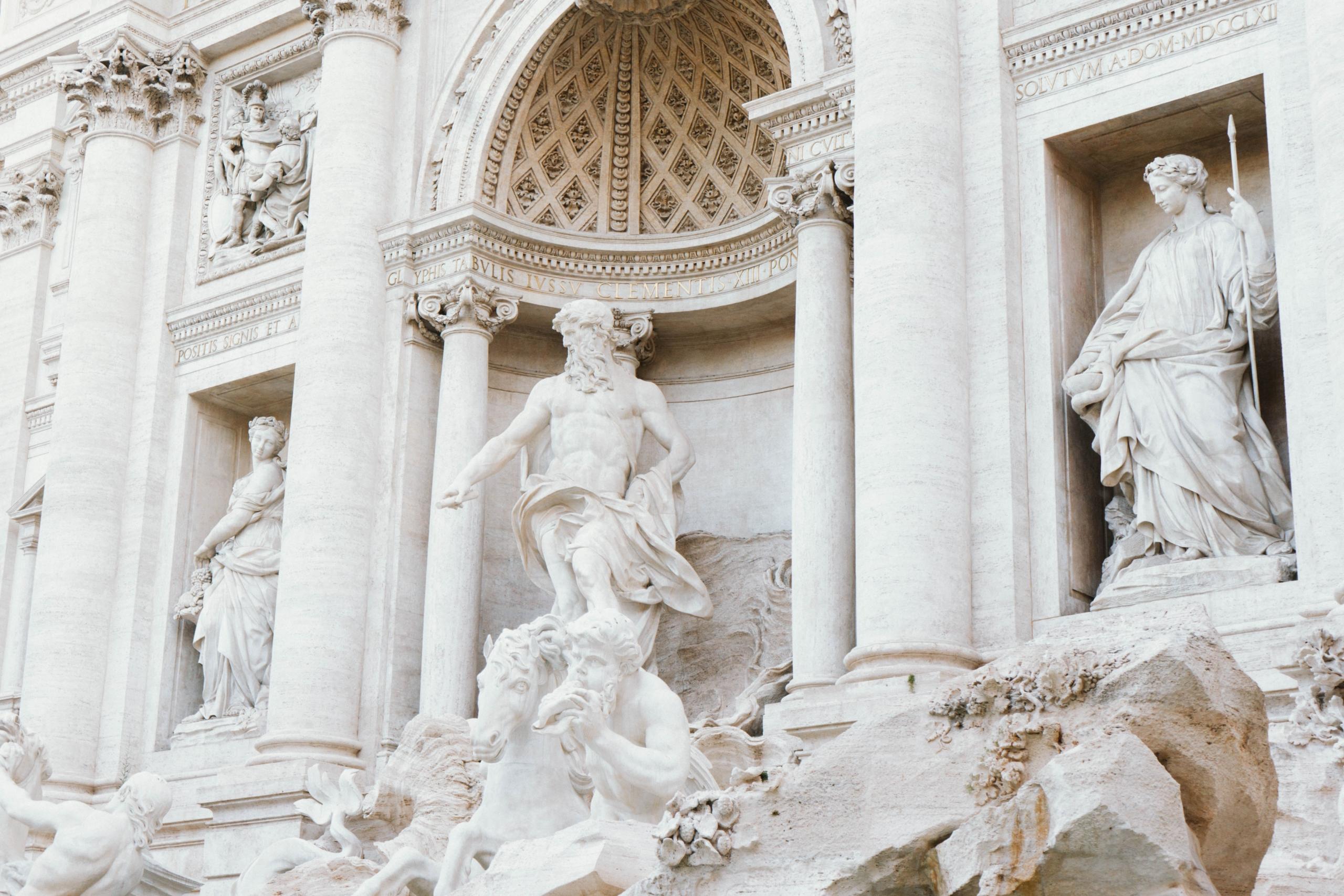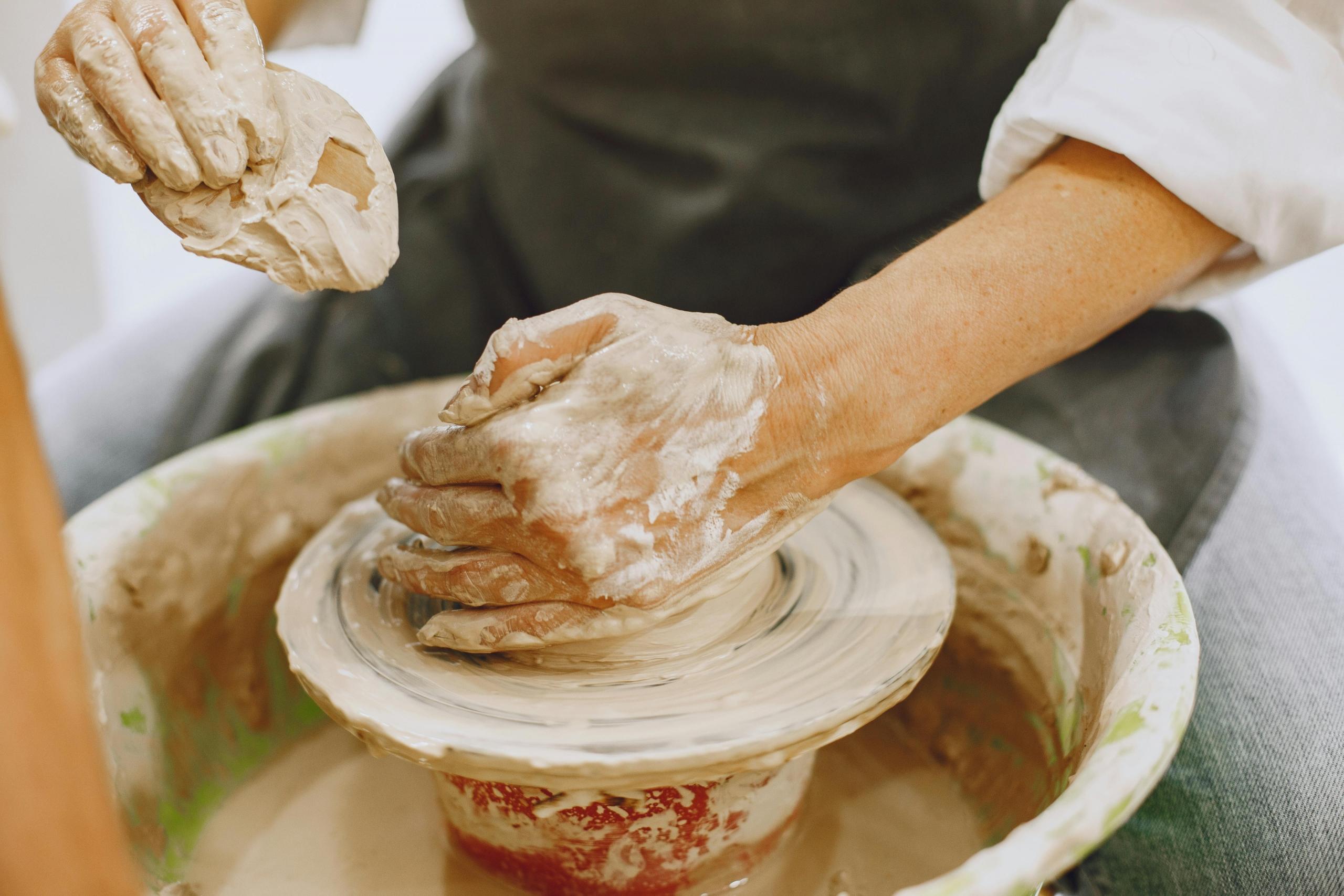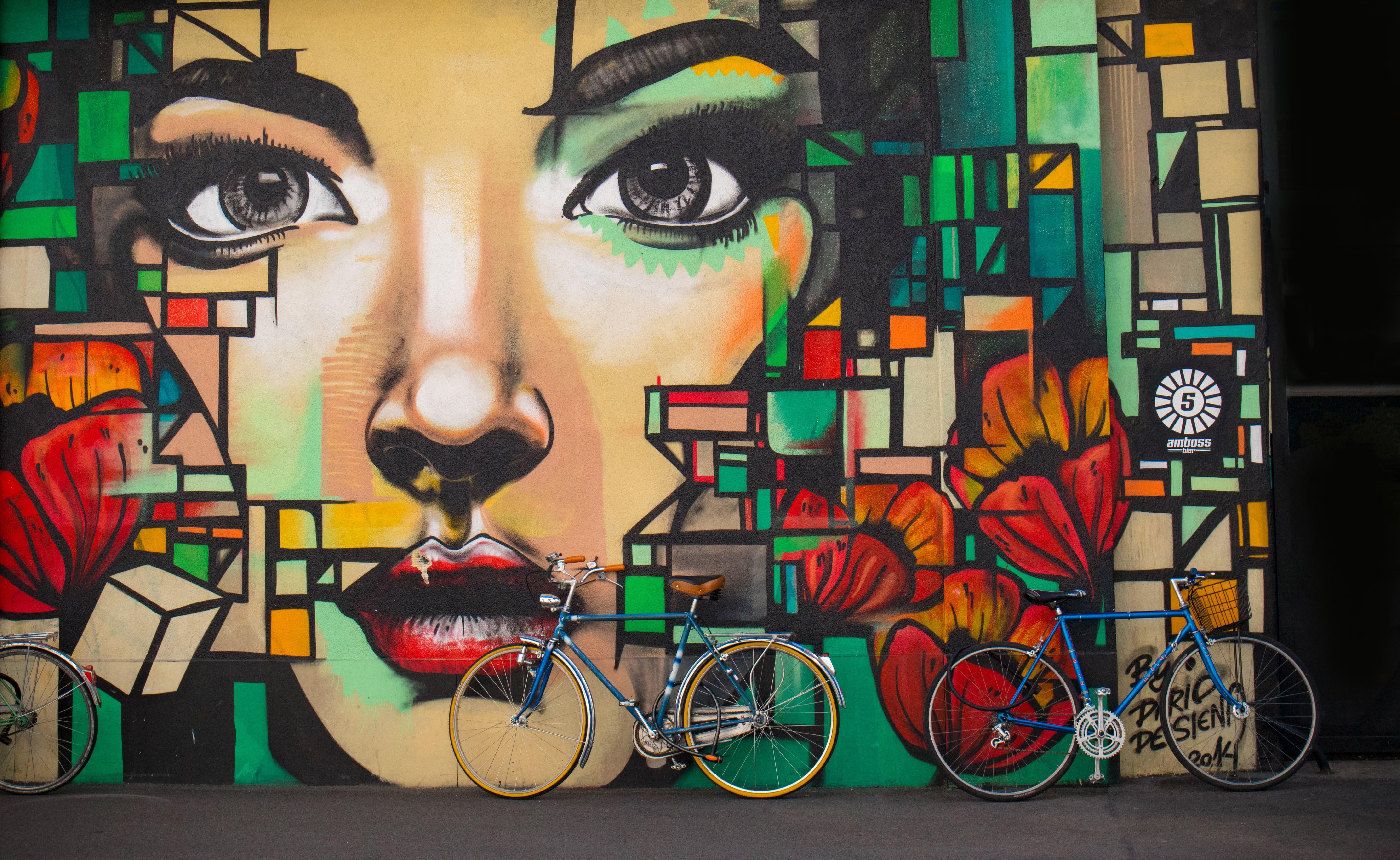So, you’re wondering, what is sculpture all about?
That’s an interesting question because sculpture art is one of the most diverse and wide-ranging forms of creativity in the world. It can range from huge figurative art sculptures in ancient Greece to abstract creations using just about every material and substrate known to man.
There is much to know and if you are interested in the history of art sculpture, this article is for you. From different styles, expressive forms and masses of variety, when it comes to art sculpture you are bound to be interested in something.
In answering what does sculpture mean, one needs to look at styles, from the works of the Italian Renaissance to modern, contemporary art, it is a complex art form.
In this article three dimension will be discussed – the history of sculpture, examples of masterpieces and the artists behind them.
You’ll also find tips on where to find the best sculpture art in the world, so strap in, you are about to find out the answer to your question: what does sculpture mean?
Want to give private lessons?
Join the Superprof community and share your knowledge with inquiring and motivated students.
The History of Sculpture
The history of art sculpture, as we know it, began in the Upper Palaeolithic, with a small figurative sculpture called the Löwenmensch which is believed to be 40 000 years old.
From this first Palaeolithic figure which was found in a German cave – through to the statues of Mesopotamia, Hellenistic sculpture, Roman and Gothic art to the 19th century, sculpture has always been dominated by a number of themes.
The most common among these were spirituality, religion and ritual. Some of the most famous creations from the art world – the Great Sphinx of Ancient Egypt as well as the statues of deities from Roman and Greek sculpture, the reliefs and carvings from Romanesque and Gothic art, like Chartres Cathedral for instance, are all religious icons. All were commissioned by wealthy churches and created by artists.
It was not until the High Renaissance, that the connection between sculpture, art and religion was broken. While sculptors like Donatello, Michelangelo and Da Vinci made use of religious imagery, from the 14th to 16th centuries, sculpture became more concerned with anatomical and naturalistic accuracy.
Recognising this shift answers the question, ‘what is sculpture all about’ in part!

From Baroque and Rococo, to neoclassicism and modernism, sculpture was concerned with accurate rendering with a representational eye.
In terms of influencers, Auguste Rodin was responsible for the turn towards modern sculpture while Constantin Brancusi is the one who inspired a move away from representational form.
Through his abstract sculpture, he paved the way for contemporary work by reminding people that both paintings and sculptures need not be representational.
Discover even more about the sculpture artists throughout history.
The Most Famous Sculptors
As mentioned, to fully answer what does sculpture mean, it makes sense to look at the artists behind the most influential and famous work in history.
Since the earliest sculptures from the known ancient world, art was at first not considered a personal, individualistic manner of expression, but rather more of a social enterprise.
As a consequence, many of the famous sculptures we have — chess pieces of colossal ivory, to the high relief found on ancient cathedrals — are unattributed to specific individuals. In understanding what sculpture means in terms of the people behind it, some will be left out.
Like most of the visual arts, it was not until the Renaissance that sculptures came to be known by the individuals who created them. Names like Leonardo da Vinci, Benvenuto Cellini and Michelangelo Buonarrati came to be associated with some of the most beautiful art sculptures in creation!
Something that is often left out of any answer when describing what sculpture is is that it is by nature, collaborative.
These famous sculptors did not work alone, they had assistants, observers and students.
Sadly, the sculpture art history has only remembered a few names, a few more worth mentioning is Antonio Canova, Gian Lorenzo Bernini, Auguste Rodin, Marcel Duchamp and Henry Moore.
It was the vision of these remarkable individuals that had a huge influence, although it would be unfair to limit the contributions made to sculpture art history to only these people.
Want to give private lessons?
Join the Superprof community and share your knowledge with inquiring and motivated students.
Most Famous Sculpture Art Pieces
And if those are the most famous names in art sculpture, then what pieces did they create to help us truly understand what sculpture means?
It is not simple to explain what sculpture is all about because, unlike a novel for instance, sculpture has a variety of functions.
Sculpture is not just about Rodin’s Thinker or Michelangelo’s David, it is not art for art’s sake or pieces of beauty and harmony. So what is it?
Sculpture is decorative, but it also idealises. It is in a sense ritualistic and religious and it is usually fuelled by money, power and even political agenda.
Sculpture represents many different functions, and there are many famous pieces of art sculpture that have very little to do with money at all.
So what are some of the world’s most famous sculptures?
You will surely know all of these:
- The Great Sphinx of Giza
- The Trevi Fountain
- Christ the Redeemer, in Rio de Janeiro
- Mount Rushmore
- The Statue of Liberty
All of these works are famous more for their powers, values and associated ideals. In other words, the Statue of Liberty is known more for the symbolism that American people draw from it, than its intricacy of design or artist’s name!
Next to these huge powerful, international symbols and works of public art, not much else stands a chance.
In a game of 30 Seconds, which one are you likely to know – Rio’s famous sculpture or a piece by Henry Moore? A statue of Winston Churchill or Brancusi’s game-changing work?

The Different Forms of Sculpture
Like most fields, there is a lot of terminology associated with sculpture. For instance, what is the difference between a sculpture garden and a sculpture park? What does relief sculpture mean as opposed to sculpture in the round? What is sound sculpture, land art and kinetic sculpture?
In essence, how do we differentiate between the many different art movements and styles that have added to the history of art through the ages?
To answer these questions with any authority, you will need in-depth knowledge or at the very least, a detailed glossary that offers clear explanations.
As first pointed out, art history is a continuous tension between individual talent and tradition. When a sculptor works in a certain idiosyncratic style, no one will know what the end result will be. If, however, that sculptor is building on the work of past artists, audiences will have certain reference points to navigate the kind of style the sculptor is after.
So, while different styles of sculptors may seem new, most of the time they are built on the works of previous movements.
Michelangelo is a good example and his work is considered to be the peak of Renaissance sculpture. The truth is that he was building on the techniques and ideas of Nicola and Giovanni Pisano as well as those of Donatello and Brunelleschi.
The same applies to Rodin who is considered a pioneer when in fact his work picked up on the romantic and neoclassical styles of his day.
This is how sculptural styles are truly birthed, not just through ingenuity.
Where to View the Best Sculptors
Finally, you may be wondering where to find examples of the finest sculptors in the world. Of course, there are many museums that house beautiful and rare objects, but some are more noteworthy than others.
Starting with Rome and Florence will never disappoint. These locations, are like living museums all on their own and are really the home of the Italian Renaissance.
Next, New York’s Metropolitan Museum of Art, Guggenheim and Museum of Modern Art will astound you with their collections.
Then of course, there is London and Paris, two capitals whose colonial history has managed to collect some of the world’s most admired treasures.
Want to give private lessons?
Join the Superprof community and share your knowledge with inquiring and motivated students.










